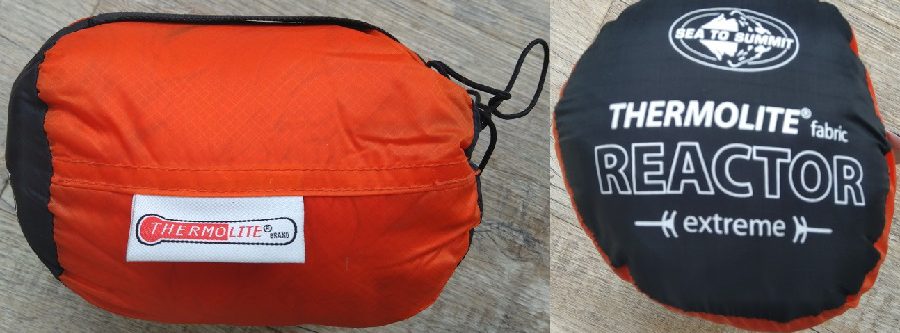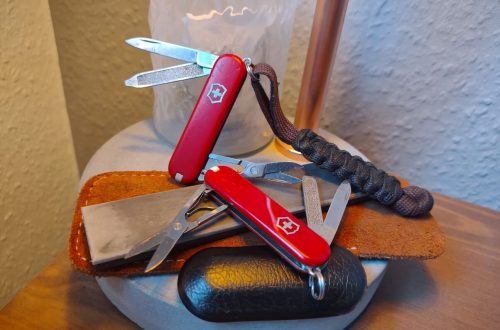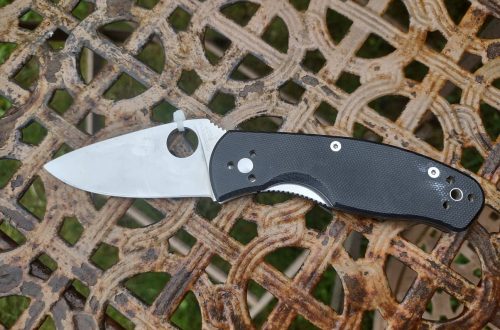
Sleeping bag liners – Are they worth it?
Sleeping bag liners are a must have in your backpack when hiking with a tent, hammock or tarp. And even for the hostel travelers that travel the world a Sleeping bag liner is a good thing to take with you.
Lets dive in to the reasons why you should add a sleeping bag liner to your gear list for camping, hiking and backpacking!
Easy to carry
Weight is minimal when choosing the right sleeping bag liner. As is the pack size. Combined with a down sleeping bag and a proper sleeping pad you only should need the bottom compartment of your backpack.
These three combinations can keep you warm and sound during some long hiking nights. Pack size of the synthetic sleeping bag liners are more compact than some of the other options and should be considered for hiking.
I have the Sea to Summit Reactor Extreme sleeping bag liner and the weight of that is 399 grams or 0.87 pounds. Sure you can find lighter ones or not carry one at all. But for the amount of comfort, warmth and cleanliness it provides it is a must in my book. Read on what is the best fit for your sleeping needs.
Sleep is a very important aspect when camping, hiking or traveling around the globe. A bad nights sleep can taint your whole experience when it comes to everything in life. Most of you are not 18 anymore I’m guessing and sleepless nights can affect you in a great way.
Woolen ones and cotton ones can be quite a bit heavier and bulkier. Keep that in mind when shopping around for them.
Easier to clean then your sleeping bag
Sleeping bag cleaning is always an operation in and of itself. Yes you can drop them off at your nearest outdoor store and have it cleaned. But that is another easy 20 dollars for the cleaning service. And yes you can clean them yourself if you have a washing machine and some tennis balls laying around.
But a sleeping bag liner is a very easy item to throw in the washing machine and air dry without any extra steps. For most sleeping bag liners it is a case of throwing it in the wash at 30 degrees Celsius, and after that throwing it over a door to dry it.
Plus another argument is that in sleeping bags during hiking you can get quite sweaty in a sleeping bag. While a sleeping bag can be down or synthetic on the inside, it is in almost any case a synthetic material on the outside. So the parts that touch your skin are synthetic. Some people are more subjective to this than others but it is most often the case that you sweat more when your skin touches synthetic materials.
More hygienic for sketchy hostels
Tied in to the easier to clean argument are the shady or sketchy hostels that you sometimes find yourself in during travel. Few people can afford to spend the nights in a different hotel every night. So you have a couple of options. Camping out in a tent, sleeping with friends or relatives or spending the night in a hostel.
Some of the hostels around the world are known to be a bit more lax in the hygiene department. A sleeping bag liner gives you a layer of protection and clean feeling. During the Camino from Porto to Santiago and on to Fisterra I encountered this a few times. It is a comforting thought to have your own stuff to crawl into at night.
Extra warmth during colder nights
This is the case with several sleeping bag liner options. But you can boost the temperature range of your sleeping bag with a liner. Get a Thermolite reactor sleeping bag liner or a Merino Woolen one and you can really boost for those chilly nights.
But, and there is a but. A sleeping bag liner can only go so far. So make sure you get a decent sleeping bag and test it out in different temperatures while your at it. Every person sleeps slightly warmer or colder. So get to know what you can handle and feel comfortable with. Even when it is outside under a tarp or in a tent can make a big difference. So keep that in mind!
Different materials for Sleeping bag liners
Sleeping bag liners come in a bunch of different options and materials. You can choose many different options for your liner. Lets go over some of the pro’s and cons of the materials and what is suited for your travels.
Cotton sleeping bag liners
The normal cotton sleeping bag liners are OK for most situations in hostels and traveling around without hiking or backpacking. But for outdoor use I would not recommend them to put inside your sleeping bag. Cotton is properly the same material that the hotel offers and you have on your bed back home.
So if you want to have an item to sleep in that you control yourself and do not care to much about weight or quick drying. Go for the cotton version. Added bonus, they are also the cheapest!
Silk sleeping bag liners
Silk is a very comfortable material that is used for high end blanket covers in normal beds. Since the Roman Empire it has been the material of choice for high end clothing items. Added bonus for the gram weenies out there is that Silk liners are in almost any case the lightest liner you can get. For tropical travels or to countries in Asia I can recommend them.
Exotic sleeping bag liner materials
There are several more types of sleeping bag liner materials. Think of Egyptian cotton, which is a nice and fine fabric. To different synthetic and cotton blends. And even Bamboo. You can try them out in your local outdoor store. On the packaging of the Sea to Summit ones you can feel the fabric that the liner is made off.
Maximum warmth materials
I can make this short and sweet, but I wont 🙂 I love wool and it has my preference for most of my clothing. With wool I do not sweat as much, it is a very soft material and has been in use since the invention of clothing. I like old school stuff and technology that has been around for ages.
Same thing in liners. Nowadays you can get Merino Wool sleeping bag liners. Those are sheep that have a very narrow fiber and are very comfortable to wear. If you hate wool and think that it is to scratchy, you owe it to yourself to try at least one article of clothing made of Merino wool.
Woolen sleeping bag liners are one of the warmer ones out there and are worth taking a look at when shopping around for a liner that boosts your sleeping bag.
A second option are the sleeping bag liners bij Sea to Summit. They have two versions of their reactor liners. Those are synthetic material and can add quite a bit of insulation. I would suggest going for the extreme version. Besides the added warmth it is also very comfortable on the skin.
Square or Mummy shape for your sleeping bag liner?
Square shapes for hostel traveling, Mummy bag shape for camping and hiking. Square shape liners are heavier because of the extra material around the foot box that you do not really need. Mummy shapes are still plenty wide enough if you stick with the Sea to Summit brand.
Caring for your sleeping bag liner
A sleeping bag liner is much easier to wash and dry than your entire sleeping bag. Throw it in the washing machine at the designated temperature and let it air dry over a door or on a washing rack. You should not have any problems with caring for your sleeping bag liner.
Do you carry a sleeping bag liner out on the trail or in a hostel? Let me know in the comments! Happy hiking and hike for a purpose!





